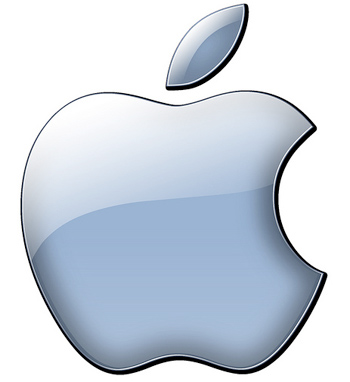By Ryan Kamauff

After the loss of the Turtleneck, Apple seems to have lost their vision
For the past ten plus years, Apple has been surrounded by an air of mystique. The iPod revolutionized the way people listened to music. As well, iTunes gave the consumer a way to purchase digital music (as well as digital goods) at their leisure, and share it with their devices. While the iPhone was not the first touchscreen smartphone, it was the first touch-optimized mobile operating system, in a pretty form. Developers and consumers went nuts together, and a beast was born.
Apple had also started a new computing paradigm with the iMac. This self-contained (interestingly designed) device started the all-in-one trend. Today, iMacs are miles away from the original CRT beasts, and they occupy a special place in computing. Both beautiful and useful, you’ll find iMacs in places that require both computing and aesthetics.
But recent Apple products offer none of the allure or innovation that Apple has been lauded for in the past. Apple has been getting on with incremental improvements for the past few years. iOS no longer has any killer features. It does not differentiate from Android positively, in any way. It does not allow applications to inner workings, limiting sharing and connectivity. Apple’s closed-garden might be ostensibly safer, but it is limited.
Apple competes in three key verticals: online sales, personal computers and mobile devices. Each vertical is extremely profitable, from their 30% piece of all iTunes sales, to margins of over 40% on mobile devices. Apple has built-up a war chest of $100B in cash assets with which they can do a lot of things, but they are only spending a pittance on R&D. Recently, innovation has stagnated at Apple, with some of their most heralded products coming from external purchases rather than internal innovation.
Apple has recently chosen to exploit patent loopholes (patenting a rounded rectangle?) and litigation instead of internal innovation, and increasing marketing spend over other investments. While Apple stands firm on their claims that they are innovating, few facts back them up. Apple has moved away from their 3.7″ iPhone screen (which they insisted was the only size a screen should be) simply to keep up with other mobile devices. Apple created the iPad Mini, years after insisting the 7-8″ size was useless . In fact Apple appears to be expanding their line of mobile devices to include both premium and entry-level devices, fracturing their ecosystem (something they’ve insisted would never happen).
Here’s the thing, Apple used to set the pace, they used to set the tone, but now they are dancing to the beat of other drummers. The iPhone was the first wildly successful smartphone, now it is just another phone. The iPad used to be the only tablet in the game, now IDC estimates more Android tablets will be sold than iPads in 2013. Apple is now copying their biggest competitor (Google’s Android) in ways such as notifications, widgets, lockscreens and more – just in iOS.
So what can Apple do? The first is they have to innovate. When the iPhone 5S comes out, it cannot be another incremental improvement. When the next iPad comes out, it has to set the bar again, it cannot be a slightly faster processor, in the same rounded rectangle. Apple also needs to improve their own applications for these devices, the Apple Maps trainwreck comes to mind here. These mobile devices catapulted Apple to the forefront of the tech world, and they can just as soon be the nails in their coffins. Until Apple comes out with a little “show me something,” they are just on life support.
